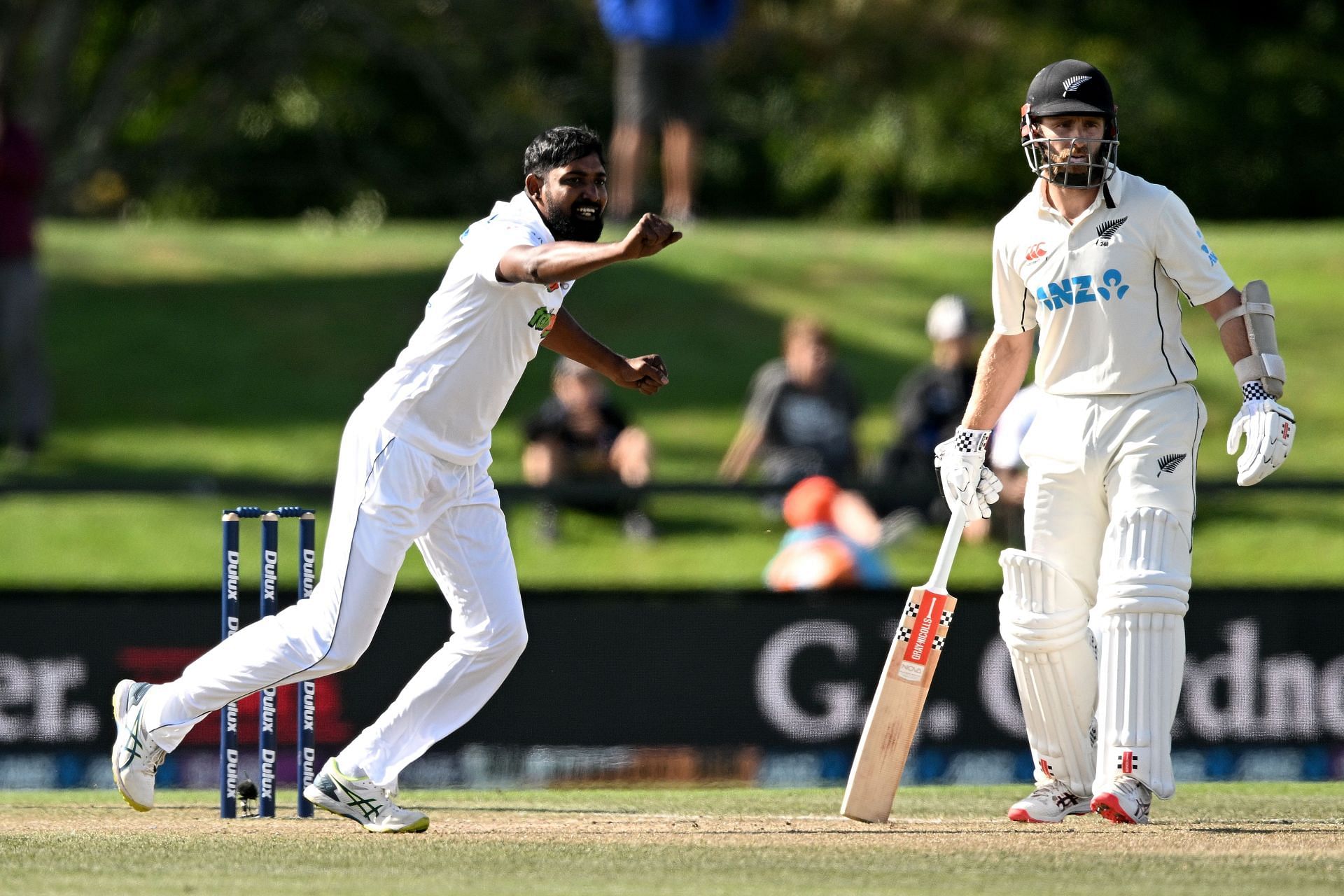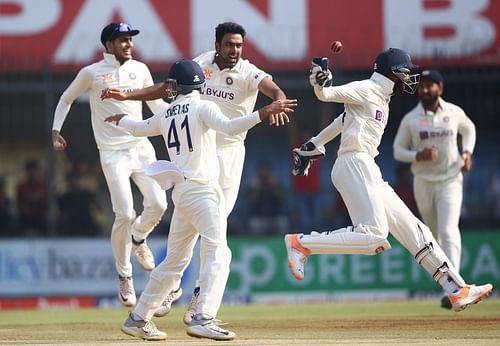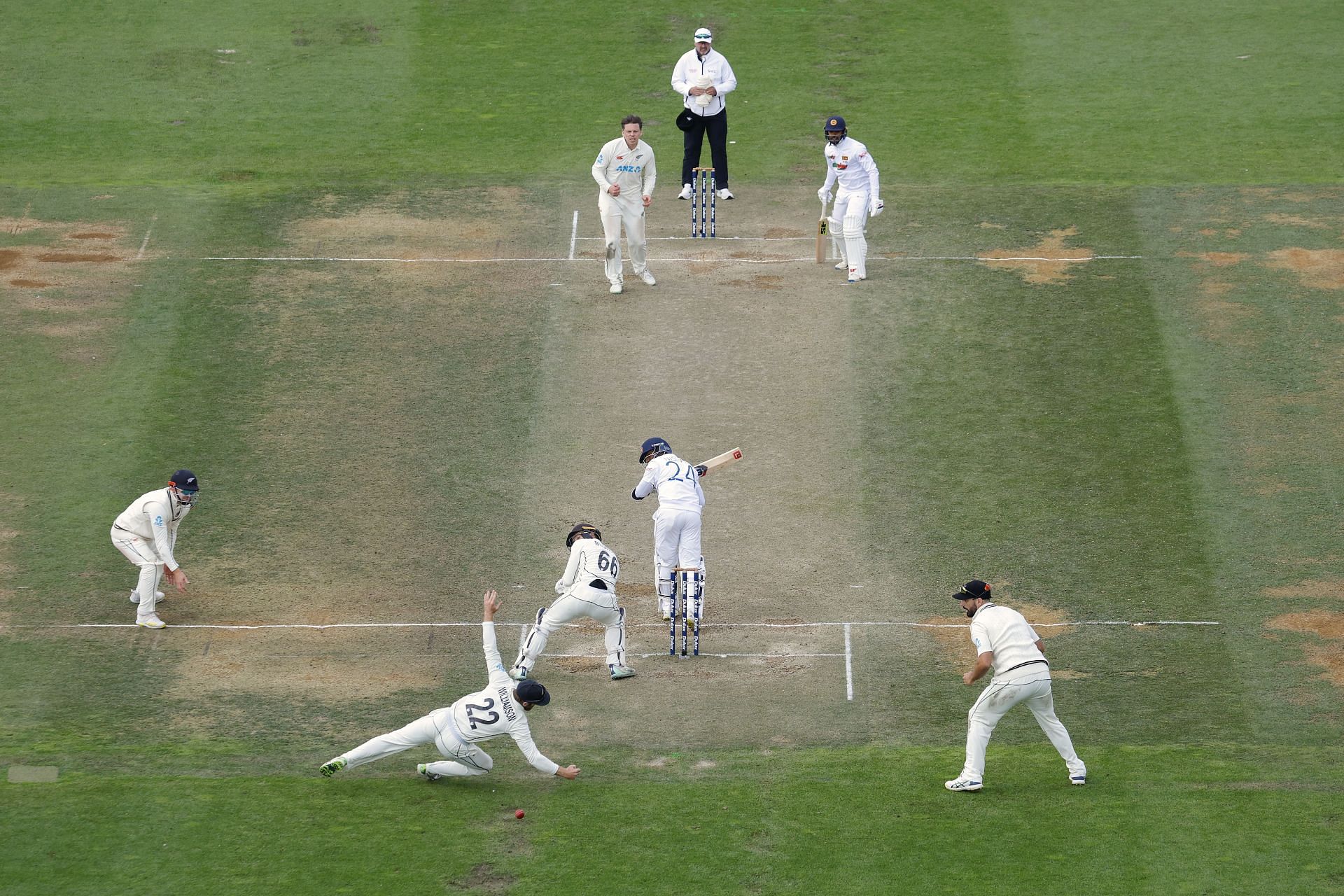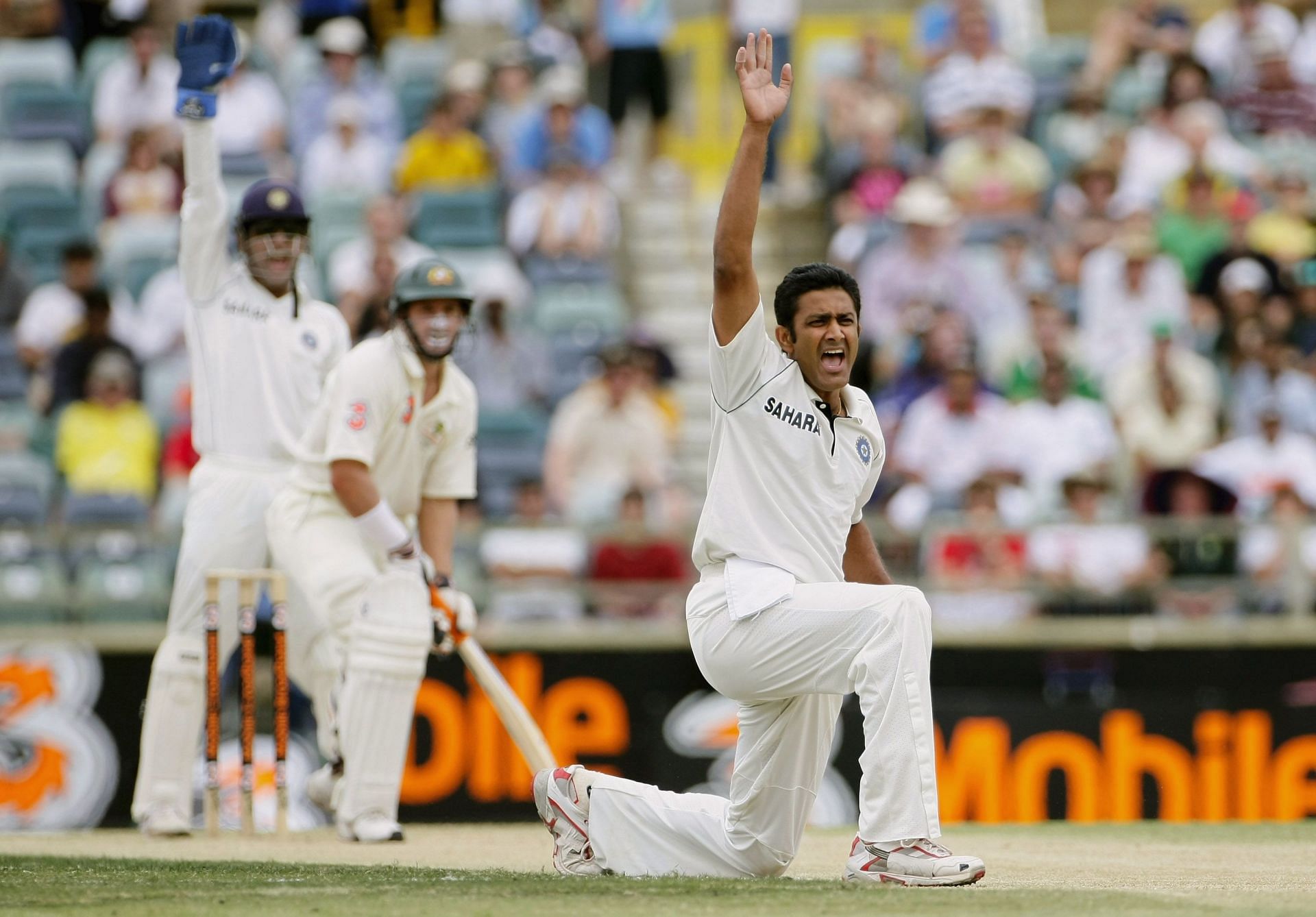
Are we living in a golden era of spin bowling? An in-depth look at why spinners have become so deadly these days
Sri Lanka’s Prabath Jayasuriya recently became the fastest to take 50 Test wickets among spinners in the history of the game. The left-arm spinner got to the landmark in just his seventh Test. Unsurprisingly, five out of his seven Tests were in Sri Lanka and all but four of his wickets were picked up in his home country.
Still, Jayasuriya’s feat is laudable and bodes well for the future of Sri Lankan cricket. He is certainly a skilful bowler and could well fill the void left in the team by the retirement of Rangana Herath.
However, Jayasuriya’s achievement is part of a much larger trend that has been part of Test cricket in the last decade-and-a-half. This is the trend of spin bowlers achieving excessive success in the longest form of the game, mainly on Asian surfaces.
Era of plenty for spinners
Ravichandran Ashwin of India has been the most prolific. He broke Dennis Lillee’s record of becoming the fastest to 300 Test wickets by getting to the coveted landmark in just 54 Tests. This seems like an astonishing achievement. But if one looks at the record of many other spinners in this era, it is not one that came out of the blue.

Rangana Herath made his Test debut way back in 1999. But it was only after the retirement of the great Muttiah Muralitharan that he came into his own. We can see the 2011 three-Test home series against Australia as the start of Herath’s rise.
From that series to his retirement in 2018, the diminutive Lankan tweaker picked up 349 wickets in 66 Tests, with 30 five-wicket hauls.
Then there is Yasir Shah of Pakistan. He has lost his place in the Test team due to some ordinary performances of late, but prior to that, he was deadly. In fact, Yasir created a new record for the fewest matches taken to reach the 200-wicket mark – 33.
A few others have reached major milestones in record time. Mehidy Hasan Miraz became the quickest Bangladesh bowler to get to 100 Test wickets (24 Tests). He broke the record of his teammate and fellow spinner Taijul Islam, who had taken one game more.

India’s Pragyan Ojha got there in only his 22nd Test. Pakistan’s left-arm spinner Abdur Rehman fell one short of the 100-wicket mark, having taken 99 in his 22 Tests, in the same period that we are highlighting.
Saeed Ajmal needed just 19 Tests to reach triple figures, and ended up with 178 wickets in 35 matches, but his record now stands tainted by his heavily-bent elbow.
Ravichandran Ashwin’s partner-in-crime Ravindra Jadeja hasn’t done badly either, reaching 100 wickets in just 24 Tests, and he has become increasingly prolific with time.
We must also mention the two leading non-Asian spinners of this period – Graeme Swann and Nathan Lyon. Playing in unhelpful conditions and alongside high-quality pacers, they can’t be expected to achieve such records.
Yet, Swann ended up as an all-time great English spinner, having taken 255 wickets in 60 Tests, with 17 five-wicket hauls. Lyon, the ‘GOAT’ has turned the history of Australian cricket upside down, having already taken 482 wickets in 119 Tests.

To understand the magnitude of Lyon’s achievement, check this fact – the second most successful Australian off-spinner in their entire history is Hugh Trumble, who has 141 wickets.
So when all this is taken into consideration, would it be right to say that we have witnessed, in approximately the last decade-and-a-half, a golden era of spin bowling. Or is there something going on that has inflated the records of spinners?
Complete transformation of batting techniques against spin bowling
To answer this question, we have to ask another – What has changed about cricket in this period compared to earlier eras? There might be many things, but one stands out most prominently – the emergence of DRS.
Now, the DRS in itself is a big help to bowlers but it is its secondary effect that is most crucial, especially for spinners. The use of ball-tracking technology has taken away one of the biggest advantages that batsmen had against spinners.
In the good old days, a batsman getting hit on the front pad while playing forward was rarely given out. Umpires and players used to believe that with so much distance for the ball to travel, it’s highly unlikely that it would hit the stumps.

This has changed drastically since the arrival of ball-tracking technology and especially, DRS. Repeatedly, ball-tracking projections have shown that if the ball is on the line and length to hit the stumps, it doesn’t matter how far forward the batsman is when he is hit.
So, umpires are now much more keen to give the batsmen out LBW against spinners. This, in turn, has made the batsmen keen to play every ball with the bat and avoid getting hit on the pad. As a result, they are more likely to get caught bat-pad.
Gone are the days when a Jimmy Adams could score over 600 runs against India in India in a three-Test series while constantly using his pad to kick away the ball. Such was the West Indian batsman’s proclivity for using his pad to play the spinners that he was called ‘Jimmy Padams’ by his opponents.
One can only imagine how many wickets Anil Kumble would have got in the DRS era with his straight line and little turn. The DRS has made life miserable for the batsmen against good spinners, especially in helpful conditions. It has brought about a monumental change in the batting techniques against spinners.

Graeme Swann was humble enough to accept that. He has often attributed his prolificity, in the absence of the much-vaunted ‘Doosra’, to the arrival of the DRS in international cricket.
So, what we are witnessing is not necessarily a golden era of spin bowling but an era of great change in international cricket.
Impact of T20 cricket
There is, though, one more issue bedeviling the batsmen while playing spin. It’s the evolution of the batting technique and mindset due to T20 cricket. The art of batting long and playing patiently seems to be getting rare. Defensive techniques have suffered due to the necessity of being aggressive-minded.
One can look at the current batting line-ups of various Test teams and compare them to the line-up these nations had 15-20 years ago. The quality of batsmanship has seriously declined in recent years. There is much more flamboyance, power, flourish, even daredevilry, but much less of resilience, grit, patience, and tenacity.
These two things have made the period in question bounteous for spin bowlers. Whether this trend becomes permanent or passes away remains to be seen.
The records of spinners of the present day are impressive and worthy of all the adulation they get. But let’s not think that those of earlier eras were not as good. They toiled away against top quality batsmen with the odds stacked against them, and still succeeded. They deserve no less, if not more, of our respect.